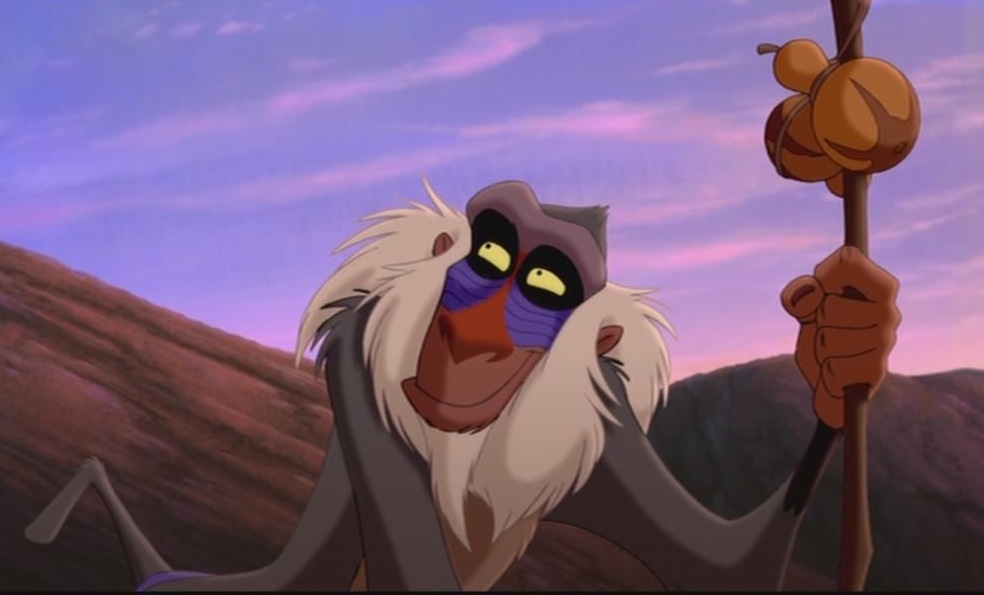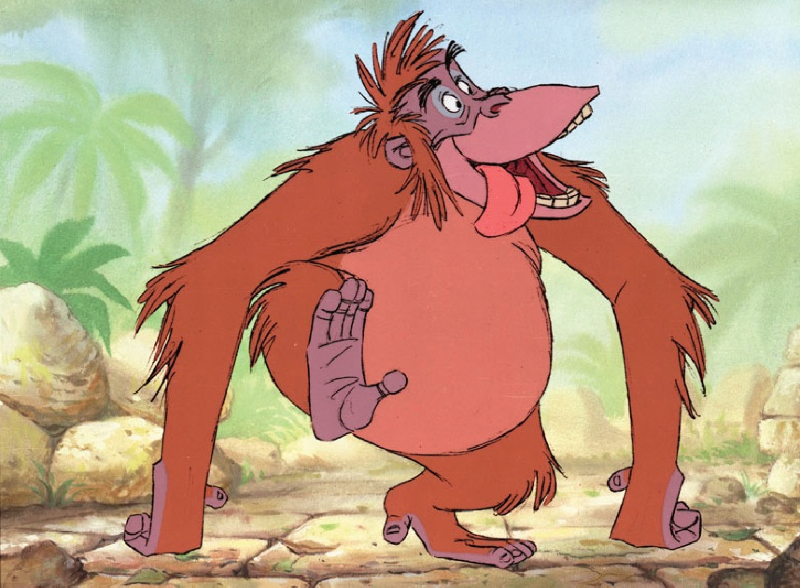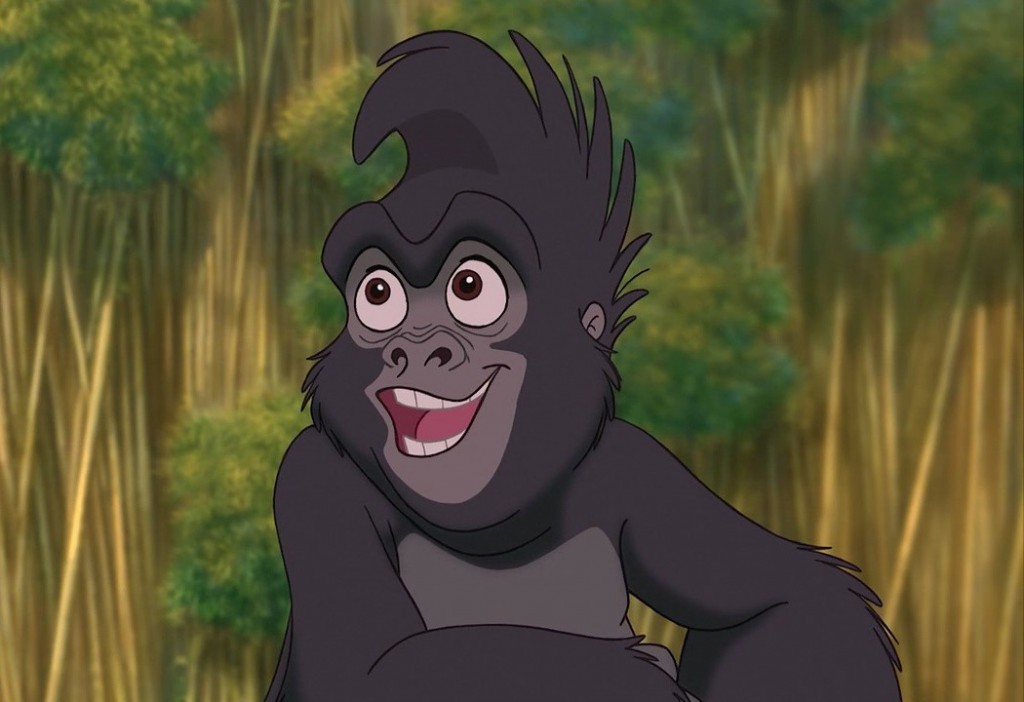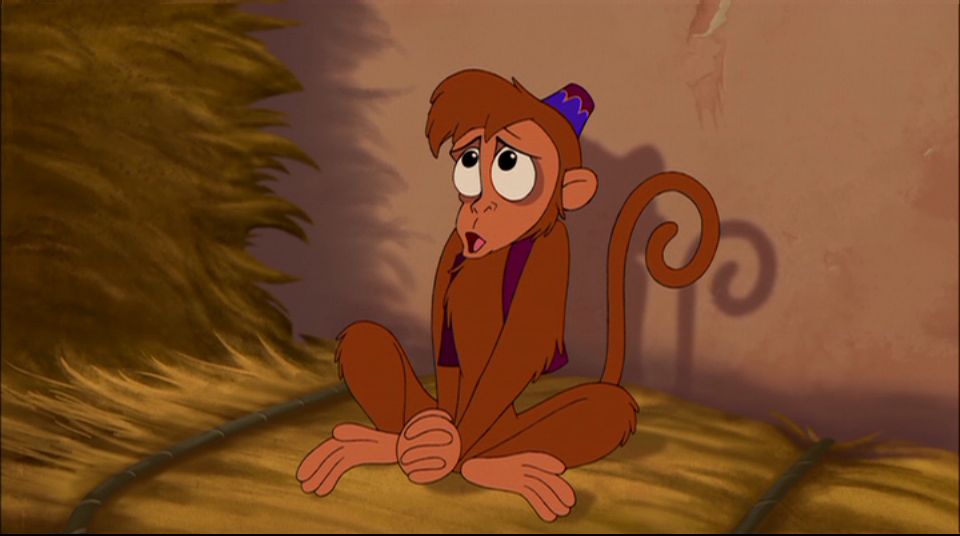Year of the Monkey: A Celebration of Disney Primates
Not many animals embody unabashed fun, childlike intelligence and curiosity quite like monkeys. It’s easy to clearly picture monkeys swinging through the rainforest trees chattering and howling in their own special language. And no one caricatures and captures the essence of animals like Disney animation and live-action productions. As the Chinese New Year — 2016 being the Year of the Monkey — approaches, let’s take a closer look at some famous Disney simians.
Where would our hero Aladdin be without Abu? Most likely Aladdin would still be stuck in the dungeons of Agrabah! Abu’s quick-wittedness and humor are what make him one of Disney’s best monkeys. But ,besides being Aladdin’s side kick and number one pal, Abu has some very interesting tidbits of trivia. Did you know…..?
- Before meeting Aladdin, Abu worked for a traveling circus of thieves. Naturally, Abu was the pick pocket.
- Abu met his best bud Aladdin while attempting to pick pocket him during a circus performance.
- The name Abu means father in Arabic and is considered an epithet for the term men.
- In Ancient Egyptian, Abu means elephant. Hmm… doesn’t Abu transform into one of these?
- Abu is modeled after a capuchin monkey. Capuchins are known to be very smart and often in trouble.
- Voice actor Frank Welker provided the sounds Abu makes. Other credits for Welker include the monkey in Raiders of the Lost Ark.

Another famous and colorful monkey can be found in The Lion King. Rafiki acts in a shamanistic role within the lion pride, offering sage advice to Mufasa and, eventually, Simba. At times, Rafiki can be utterly silly, using humor to emphasis his point while other times he has a quality of other worldliness. There is definitely more than meets the eye where Rafiki is concerned! Did you know…?
- Rafiki is modeled after a mandrill/baboon cross.
- The name Rafiki means "friend" in Swahili — a fitting name for this character.
- Before Mufasa’s rein of the Pride Lands, Rafiki was a traveler studying the African lands. When he reached the Pride Lands, a juvenile gang of hyenas (Ed, Shenzi and Banzai) attacked him. Rafiki was saved by Ahadi – father to Mufasa and Scar and ruler of the land.
- Rafiki’s chant “asante sana squash banana, wewe nugu, mimi hapana” is an actual chant heard by the film makers during a Kenyan research trip.
- According to Robert Guillaume, the voice actor for Rafiki, Rafiki’s accent was created during a failed attempted at a Jamaican accent.
- At one point, Rafiki assumes the Gyam Mudra yoga pose. This position represents knowledge and wisdom.

It may seem like I’ve over looked a few of the more legendary animated characters such as King Louie (from The Jungle Book) and Terk (from Tarzan) but neither are truly monkeys! (Honestly, I never gave the species distinction much thought until researching this post!) King Louie, and orangutan, and Terk, a gorilla, belong to the ape family and are not considered true monkeys. Scientists have recognized a few glaring differences that make it easy to distinguish between the two species. A few of the differences are:
- Apes do not have tails are generally larger. Monkeys have long prehensile tails that they use as an additional appendage while swinging from tree limb to tree limb.
- Apes rely more heavily on their vision opposed to sense of smell. That is why apes noses tend to be short and broad.
- Apes are capable of creating tools and using language to communicate with each other.

If you are still looking for some more monkey madness, make sure to check out some of Disney’s other films such as Monkey Kingdom and Chimpanzee. Both take a “true life adventure” look at different simian species and document their quest for survival.
Happy Lunar New Year!



